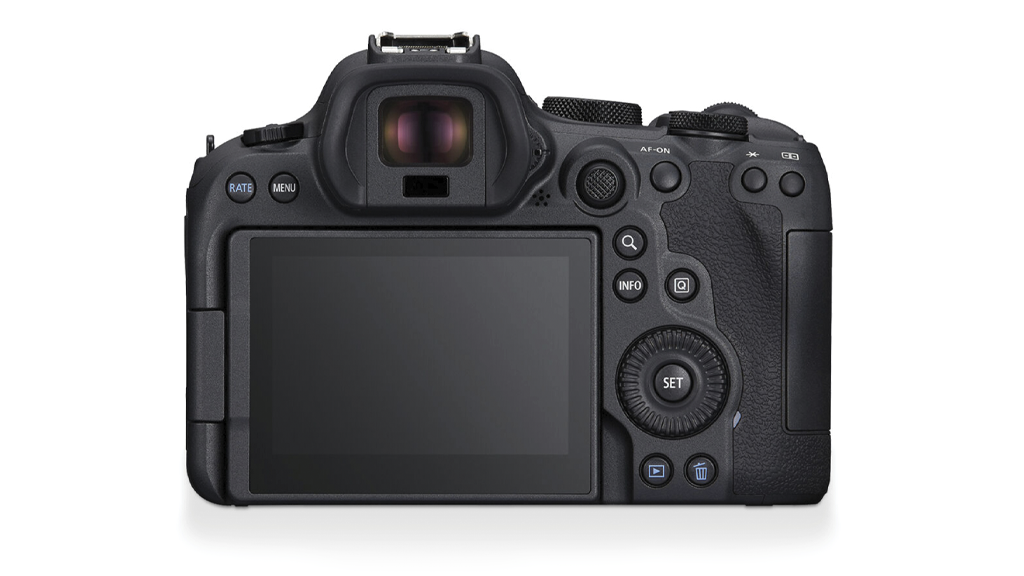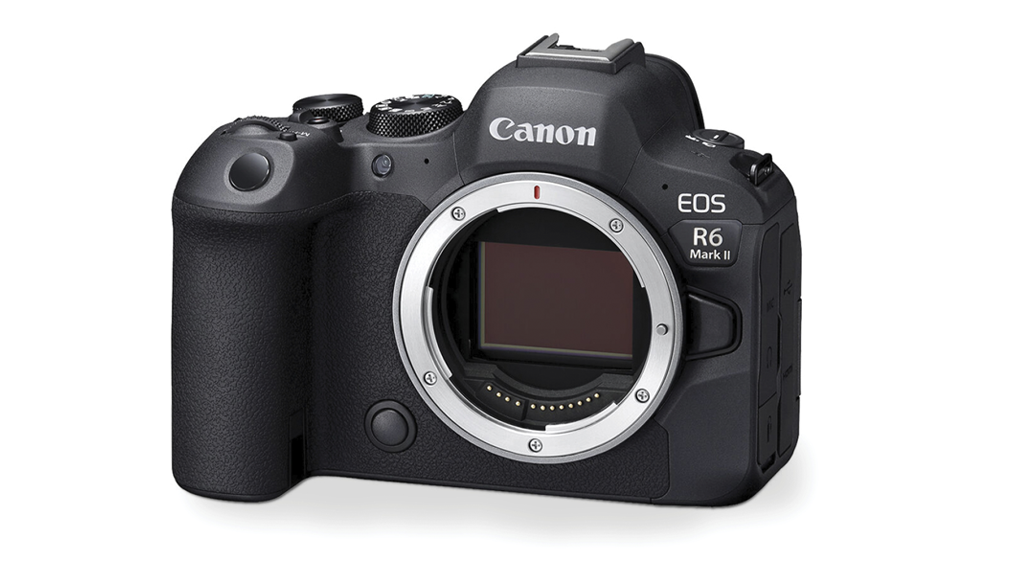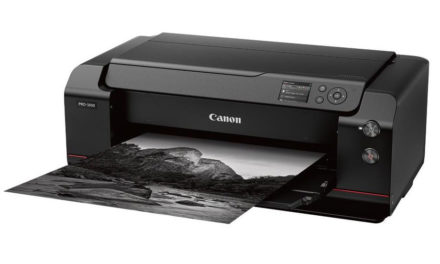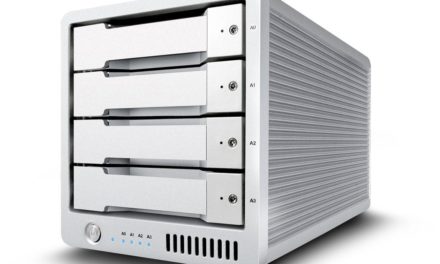It’s a Bigger Upgrade Than You May Think
Review by Fernando Santos
Canon recently released the EOS R6 Mark II Body, and it looks so similar to the original model that many people think it’s basically the same camera with a new dedicated video switch. In fact, it is not. There are many improvements on this new model, and if you’re considering an upgrade from the original R6, or if you’re in the market for a new camera, let me tell you what I’ve found after using the new EOS R6 Mark II for a couple of weeks.
Many people pick a camera by the largest number of megapixels they can afford. Another popular metric is the number of frames per second. If that’s you, the new model has increased its resolution from 20 to 24.2 megapixels, and instead of 20 frames per second (fps), it can now capture 40 fps using the electronic shutter, or 12 fps with the mechanical shutter, with full autofocus and auto-exposure capabilities. For those who shoot action, or wildlife, that can make a huge difference. Rolling shutter effect has also been improved.
One new feature is the RAW burst, and its 0.5 second pre-buffer: As you half-press the shutter button, the camera starts shooting and recording on a special internal buffer—not on your memory card—and when you fully press the shutter, it keeps going and then records to the card. The interesting part is that, out of this large file, you can go back, pick the exact frame you want, and get the exact peak moment that might have happened an instant before you fully depressed the shutter. This can really increase your number of keepers.
Another improvement is the new autofocus (AF) system. The AF on the original R6 was already pretty impressive, but the EOS R6 Mark II adds a better AF algorithm, which can now track trains and aircraft, as well as horses and zebras. You can also set the detection to Auto and, for most situations, the camera will handle everything for you. Selecting your preferences on the menu will make the AF more responsive, so if you’re at an airshow, for example, you may want to select Vehicles in advance, instead of Auto.

If you shoot video, you’ll be happy to know that the EOS R6 Mark II doesn’t overheat, and the 30-minute recording limit has been removed. Shooting 4K at 60 p is now oversampled from the full-sensor resolution. There’s also electronic focus-breathing correction as well as false color warnings. Since I rarely shoot video, I didn’t test those features.
Even with all these changes (this is just a small sample of the 70+ improvements Canon has made), the specifications still mention the Canon DIGIC X processor as used on the original R6. The processor on the EOS R6 Mark II, though, is in fact a new version of the same chip, and it’s a lot more effective, and less power hungry. This means that the new model can shoot around 580 shots with a single battery charge (compared to 360 on the original R6).
If you currently shoot with the Canon R6, you’ll easily make the switch to the EOS R6 Mark II, because most of the controls are located in the exact same place. I received the EOS R6 Mark II, charged the battery, configured my main settings, and went straight to a theatrical performance
I had to shoot, and I didn’t miss a single shot: everything was exactly where I was used to. The camera is the same size as the older model. You can use the same batteries, the same battery grip, the same L-brackets. There is one difference, however; the EOS R6 Mark II has the new multi-function hot shoe. Your old flash units and triggers will still work, but now you have more options at your disposal, due to the new functionality.
I found the new Canon EOS R6 Mark II Body a very interesting upgrade from the original R6. It doesn’t matter if you shoot sports, wildlife, portraits, travel, or anything else, this is a great camera to own.






